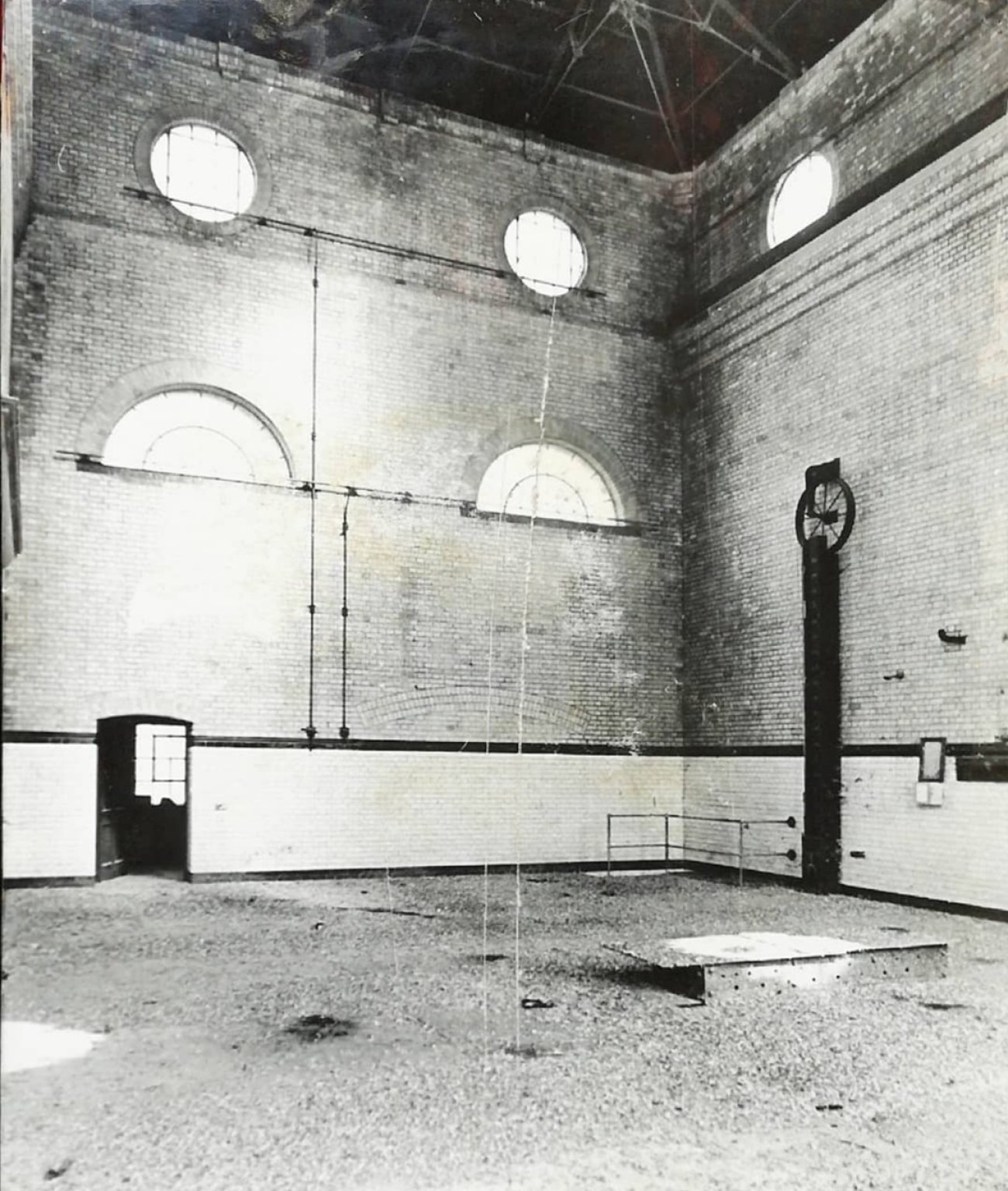
The Enfield District Veteran Vehicle Society was formed in the 1960s by a small group of car enthusiasts who used to meet once a month (initially in a pub at Ponders End).
At their annual general meeting of the EDVVS in 1978, the members adopted a resolution to form a separate charitable trust to be known as the Enfield District Veteran Vehicle Trust with the objective of building a museum and workshop area in which to display and restore the Society’s vehicles, provide a club headquarters and a valuable community-based education and leisure facility
The Trust achieved the status of a registered charity and a fund-raising programme was stepped up in order to finance the acquisition of suitable premises in which the museum could be established to showcase vintage and classic cars, commercial vehicles and motorcycles.
Finding the right building proved to be no easy task. The objective was to find a conveniently situated, accessible property within the borough that offered adequate scope for vehicle preservation plus club meeting facilities. Ideally, the property should have historic quality and appearance in keeping with its future role. Eventually, the ideal building was found in the form of Whitewebbs Pumping Station, a distinctive example of Victorian architecture built originally as part of the New River development in 1898. The architects were Joseph Francis and Reginald Midleton.
The building was in a near-derelict state but after over a year of negotiations with the Thames Water Authority and competition from property speculators, the property was purchased at auction for £126,000 of which half was met from trust funds with the balance on mortgage. Planning permission was then obtained for the conservation work to commence.

It originally housed two steam engines and boilers which pumped water from the well below the building into the New River. Altogether some 16 pumping stations were built during the 19th century by the then New River Water Company; supplying clean drinking water for London - Whitewebbs was the last. The well, excavated by hand in 1895, is 200ft deep and 14ft diameter at the surface, reducing to 11ft at the bottom. Supervised visits to the well are available to our visitors.
The conservation of this magnificent industrial relic into the proposed museum was a task of mammoth proportion. As is the case with many buildings of a similar age, its plight was worsened when the lead was stripped from the roof by opportunists. The general condition of the building can be imagined. The Trustees opened the doors into a derelict building that had been a nesting ground to a steadily growing population of pigeons!
Initial work consisted of clearance, landscaping and fencing of the surrounding grounds, together with some structural work to the buildings. This was assisted by the Community Programme, Manpower Services Commission, funded by the government and designed to help the long term unemployed into a working situation, offering training on-site and at college. The Trust was considered to be an ideal candidate for such support. It was needed and appreciated.
Throughout the conservation, the Trust ensured that the building was suitable for museum requirements while retaining the Victorian fittings including the original iron roof bracing and the hand-operated crane used for moving heavy machinery. Many of the large firebox tools are also still with us as is the coal weighbridge at the entrance. The building retains many of the details of design that were so typical of the pride that Victorians took in utilities buildings.
We also rescued the Victorian cast iron platform canopy support columns from the 1980’s refurbishment of Enfield Chase Railway Station which can now be seen in use in the front of our workshop area.
Three additional floors were built in the main hall while a single new floor was added to the former boiler room. Combined with the requirements for the new fire escapes this was a massive undertaking involving a great deal of professional assistance and expenditure. The first floor of the boiler house is now a café and exhibit area for our visitors and meeting room for the Society with a bar and slide/video projection facilities.
Although the Trust is a charity it receives no grants or automatic funding and is totally dependent upon its own efforts, volunteers, Society members and the generosity of the general public to provide the necessary finance for the continued existence of the museum. The major source of income for the Trust and hence the museum is generated from the Enfield Pageant of Motoring, an event the Trust organise every May on the Enfield Playing Fields off the A10 at Enfield. All development work at Whitewebbs Museum is geared to the funds raised at this event. With the exception of a part-time administrator, the museum relies entirely on volunteers.
The museum now houses historic cars, commercial vehicles, motorcycles (including one of the oldest in existence) together with related memorabilia, fire engines, a model railway display, WW1 & WW2 artefacts and displays plus a large collection dedicated to social history.
